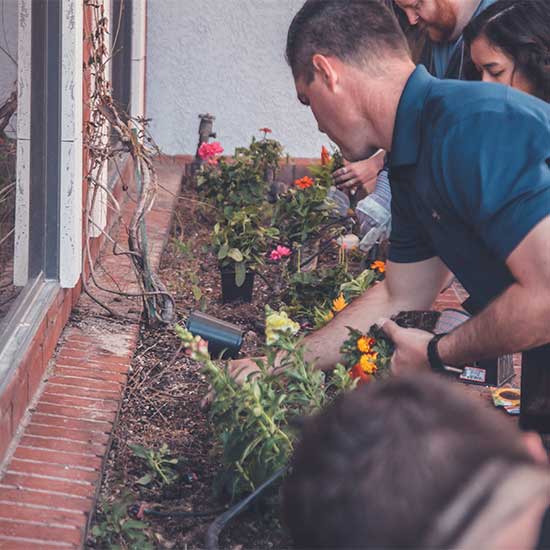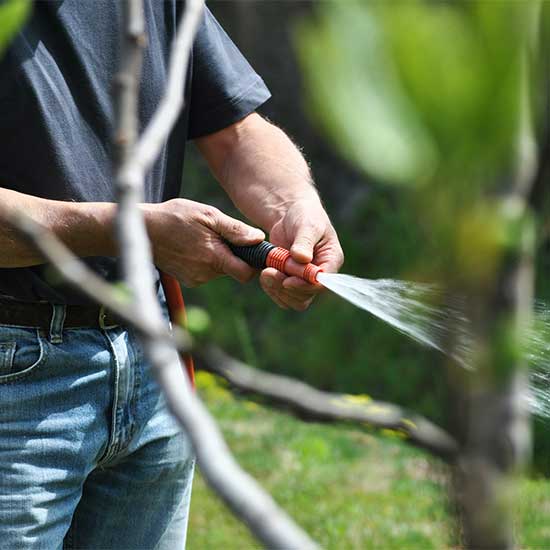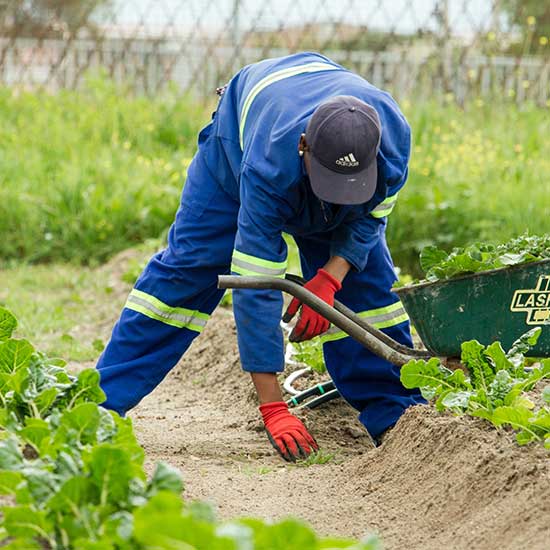Service

Pruning plants

Pruning Plants: A Guide to Cultivating Healthy and Beautiful Gardens
Pruning is a vital practice in garden maintenance, shaping plants, encouraging growth, and enhancing their appearance. By strategically removing parts of a plant, you can promote better air circulation, prevent disease, and stimulate new growth. Here's a comprehensive guide to pruning plants effectively:
Reasons to Prune:
- Promote healthy growth: Pruning removes dead, diseased, or damaged branches, allowing the plant to focus its energy on healthy growth.
- Control size and shape: Pruning helps maintain the desired size and shape of plants, preventing them from becoming overgrown.
- Encourage flowering and fruiting: Pruning can stimulate flower and fruit production by removing excess growth and focusing energy on reproductive organs.
- Improve air circulation and light penetration: Removing unnecessary branches allows for better air circulation and light penetration, which can prevent disease and promote healthy growth.
- Maintain aesthetics: Pruning can create a more aesthetically pleasing and manageable garden.
Types of Pruning Cuts:
- Heading cuts: These cuts remove the terminal bud of a stem, encouraging bushier growth and stimulating new branches to sprout below the cut.
- Thinning cuts: These cuts remove entire branches at their origin, opening up the plant's canopy and allowing for better air circulation and light penetration.
- Rejuvenation pruning: This involves cutting back a plant drastically to stimulate new growth and revitalize its vigor.
Pruning Techniques:
- Use sharp, sterilized pruning shears or loppers. Dull tools can damage plants and increase the risk of disease.
- Make clean cuts at an angle just above a leaf node or bud. This encourages new growth and prevents water from accumulating on the cut.
- Follow the "three D's" rule: Dead, diseased, and damaged branches should be pruned first.
- Always research the specific pruning needs of your plants. Different plants have different pruning requirements, so it's crucial to understand their specific needs before pruning.
General Pruning Tips:
- Prune during the dormant season for most trees and shrubs. This allows the plant to focus its energy on recovering from the pruning.
- Avoid pruning during hot weather or when the plant is stressed.
- Don't remove too much growth at once. This can shock the plant and hinder its growth.
- Be patient. Pruning is a process that takes time and practice.
Additional Resources:
- Books:
- "The Complete Gardener's Guide" by Monty Don
- "Pruning & Training" by Christopher Brickell and David Joyce
- "The Pruning Book" by Lee Reich
- Websites:
By understanding the principles of pruning and applying the right techniques, you can cultivate a healthy, beautiful, and productive garden. Remember, the key to successful pruning is to research the specific needs of your plants, use the appropriate tools, and make clean cuts at the right time.
Related Services

Landscaping
Landscaping is the art and science of designing and modifying the visible features of an area of land. It includes everything from planting trees and shrubs to installing patios and walkways.
Read More
Irrigation & Drainage
Both irrigation and drainage play crucial roles in maintaining a healthy and productive garden. While irrigation provides water to plants, drainage ensures excess water doesn't harm them.
Read More
Garden Maintenance
Maintaining a beautiful and healthy garden requires consistent care and attention. Here's a comprehensive guide to help you keep your garden thriving throughout the year
Read More